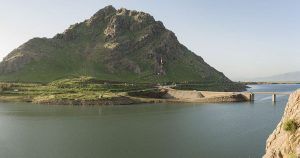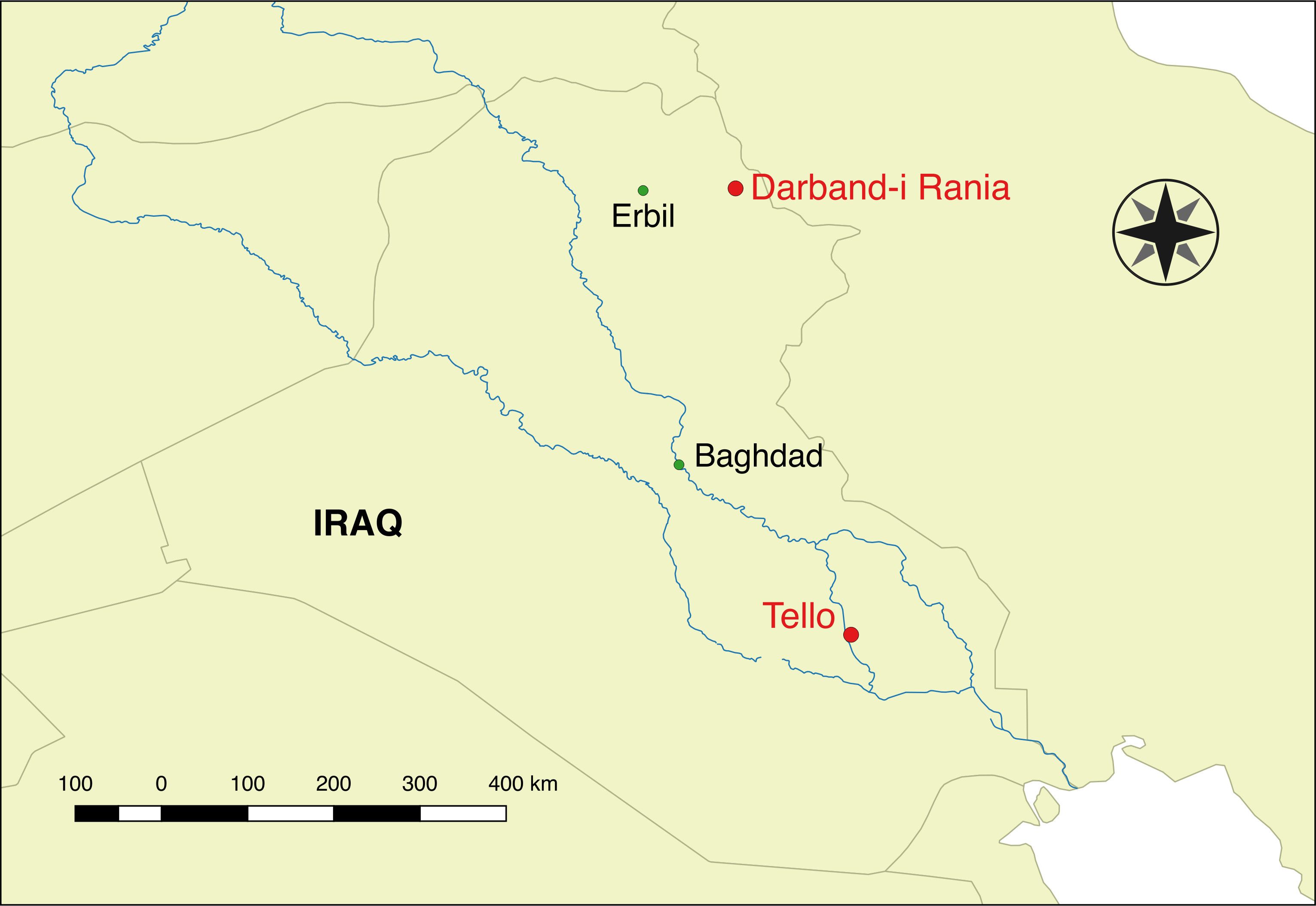
Archaeologists using spy satellite imagery and drones have discovered the site of a lost city in northern Iraq that was founded more than 2000 years-ago by Alexander the Great during his conquest of Persia.
The young Greek aristocrat, and one of history’s most successful military commanders, was in pursuit of Persian King Darius III through present day Kurdistan, after decisively defeating the mighty Persian army at Gaugamela.
IFL Science reports:
It was discovered by the Iraq Emergency Heritage Management Training Programme, set up to mitigate the damage caused by Islamic State. The team is being trained by the British Museum in London.

BYPASS THE CENSORS
Sign up to get unfiltered news delivered straight to your inbox.
You can unsubscribe any time. By subscribing you agree to our Terms of Use
After making the discovery in the declassified photos, the team sent a drone over the site to confirm its existence. They were able to spot statues of Greco-Roman deities and terracotta roof tiles, while major buildings are thought to be buried at the site.
“The drone yielded excellent information,” Dr John MacGinnis, the archaeologist leading the program, told The Times. “It’s early days, but we think it would have been a bustling city on a road from Iraq to Iran. You can imagine people supplying wine to soldiers passing through.”
Various reports have suggested this city was founded by Alexander the Great. A spokesperson for the British Museum, however, told us that was not the case, but that the city was founded in the wake of his conquests. As such, an exact date of the city has not been suggested – but it was almost certainly after Alexander the Great marched past in 331 BC while chasing Darius III of Persia.
Qalatga Darband is located about 10 kilometers (6 miles) south-east of Rania in Iraqi Kurdistan. Teams have since performed ground inspections of the site, studying a large square building that is thought to have been a fort. It’s also thought someone important may have been buried here.
“A ground inspection at the site revealed the presence of a large number of carved limestone blocks, together with weights and bases of a type associated with wine or oil presses,” said the British Museum. “It was therefore clear that remains of considerable importance lay buried at the site.”
Many sites like this were impacted following the US-led invasion in 2003, and more so now that Islamic State has been wreaking havoc. Various historical sites have been destroyed by the militant group.
For example, in October 2015 Islamic State destroyed the famous Arch of Triumph in Palmyra, thought to have been built 2,000 years ago. A replica was unveiled in Trafalgar Square in London in April 2016.

See Also: Israel Warns US To prepare For War With Syria, Russia, Iran
Edmondo Burr
CEO
Assistant Editor
Latest posts by Edmondo Burr (see all)
- Police Arrest Suspect In Supermarket Baby Food Poisoning - October 1, 2017
- Seoul Secures Data From Electromagnetic Interference By N Korea - September 30, 2017
- The ‘World’s First Internet War’ Has Begun: Julian Assange - September 30, 2017

Be the first to comment